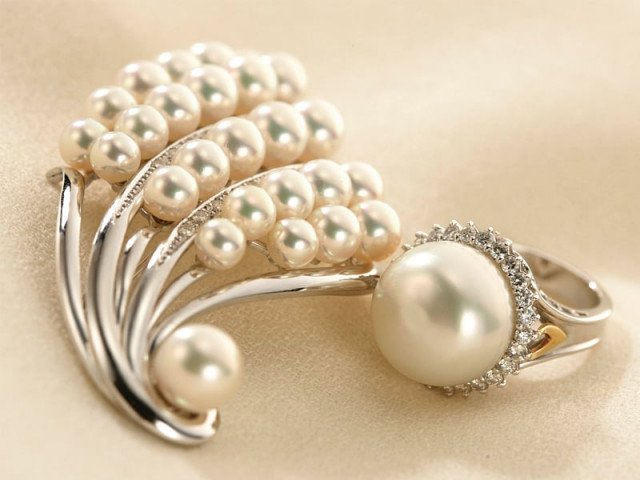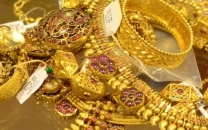Pearls from China dominates the City of Pearls
China has been the world’s biggest pearl producer for two decades.

Pearls from China dominates the City of Pearls
After being imported, they are drilled in different parts of the state. In Chandanpet, just outside Hyderabad, for instance, almost the entire population is engaged in the delicate art of pearl drilling.
Once they are drilled, the pearls are bleached, washed and separated in accordance with their shape and size.
Vijay Dochania, manager at the Amarsons Pearls jewellery shop in India, said though pearls are sourced from several countries, China dominates all.
“Pearls from China have been coming here for more than 100 years now, but today they dominate the market. They are available in different price ranges, depending on their shape, size, sheen and lustre,” Dochania told IANS.
China has been the world’s biggest pearl producer for two decades, flooding the world market with small and cheap pearls of costume-jewellery quality. The pearl farming industry there is now using new techniques to push into the lower reaches of the market. Freshwater pearl farms in east-central China are reported to be producing white pearls that cost a fraction of the saltwater variety.
It was the patronage of the Nizams for pearls that attracted Arab traders from the Gulf to Hyderabad, which was also known for its diamonds — the latest being a diamond from Golconda that fetched a record price at Christie’s auction.
“A long time ago, pearls from Ceylon [Sri Lanka] were imported. Basra pearls which come from the Gulf countries were also very popular at one time since they are of very fine quality. You will still find them in the market today, but rarely so,” Dochania said.
Published in The Express Tribune, November 22nd, 2012.
Like Life & Style on Facebook and follow at @ETLifeandStyle for the latest in fashion, gossip, entertainment



















COMMENTS
Comments are moderated and generally will be posted if they are on-topic and not abusive.
For more information, please see our Comments FAQ